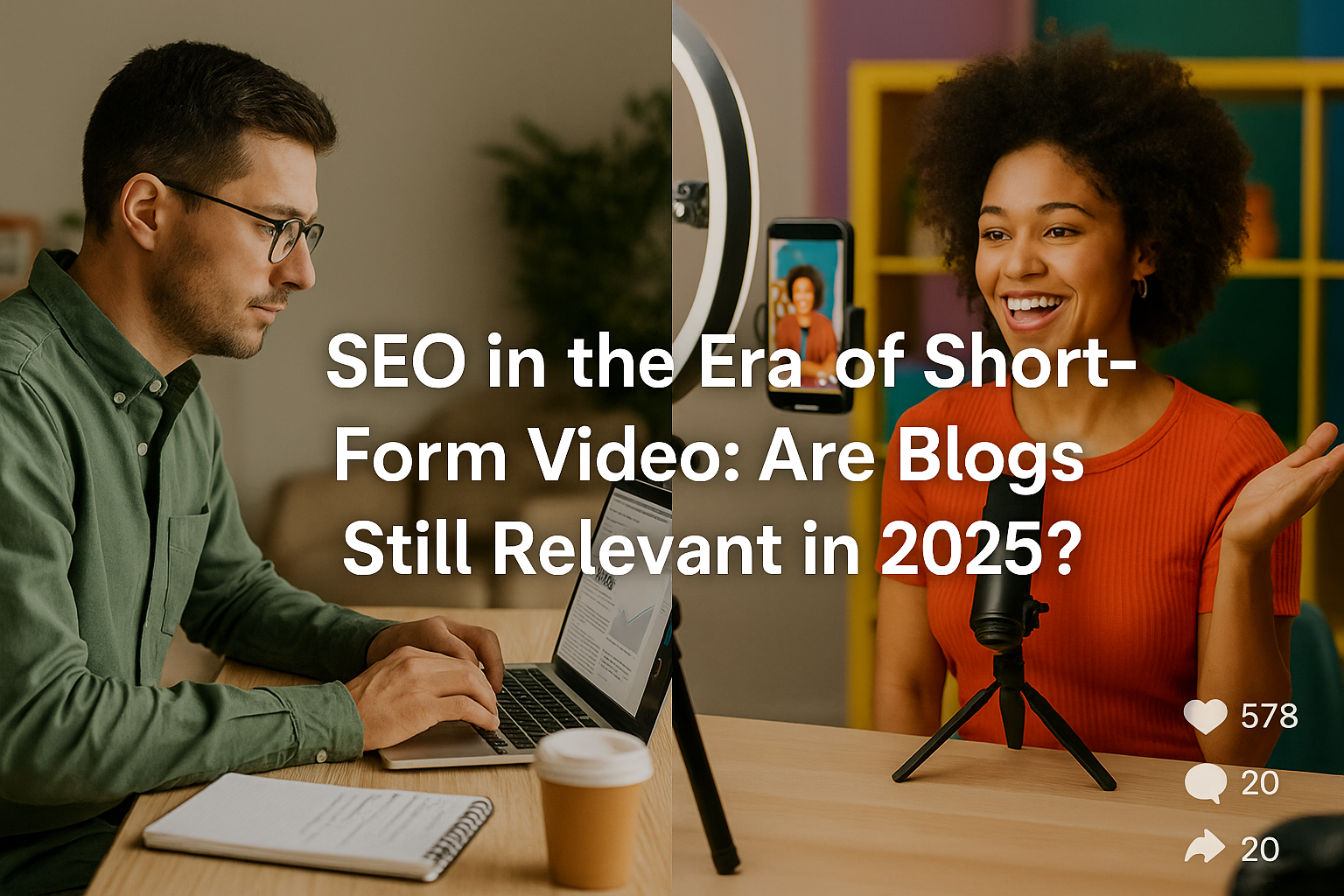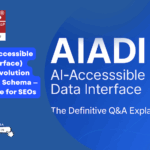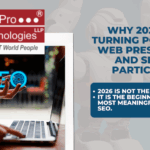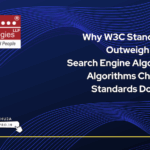The digital landscape in 2025 is dramatically different from what it was even five years ago. Short-form videos—whether on TikTok, Instagram Reels, YouTube Shorts, or Google’s newly enhanced video carousels or on Linkedin for that matter, are now dominant forces in user engagement and content discovery.
Against this visual-first backdrop, many marketers, brands, and even SEO professionals are asking:
Are blogs still relevant in 2025?
The short answer: Absolutely—but only if we evolve our approach.
In this article, we'll explore the role of blogging today, the interplay between SEO and short-form video, and how forward-thinking marketers can strategically blend both mediums for maximum organic success.
- The Rise and Reign of Short-Form Video
Before we dive into the future of blogs, it’s crucial to understand why short-form video has exploded:
- Attention Economics: Humans now have an 8-second average attention span, and snackable videos cater perfectly to quick consumption.
- Algorithmic Boost: Platforms like TikTok and YouTube Shorts prioritize video virality through discovery algorithms, not follower counts.
- Multimodal Search: Google has increasingly integrated video into its main search results (not just video tabs), making short videos core to SEO strategies.
Today, it’s normal for users to search for product reviews, how-to guides, or explanations via short videos rather than clicking through traditional web results.
Example:
Search "How to tie a tie" in 2025, and you’re just as likely to see a series of 30-second video tutorials as you are blog articles.
- Blogs Are Not Dead—But Blogging Has Evolved
While short-form video garners attention, blogs remain crucial pillars of digital ecosystems—just in a transformed way.
Here's why blogs still matter:
- Text-based content is still fundamental for indexing. Search engines parse and rank text faster and more thoroughly than video content alone.
- Written content establishes depth and authority. Google's EEAT guidelines (Experience, Expertise, Authoritativeness, Trustworthiness) still heavily reward detailed written content.
- Not all queries are video-friendly. For complex, technical, or nuanced queries, users (and AI) still prefer detailed written content.
- Blogs power multimodal SEO strategies. Blogs feed not just Google Search but also voice assistants, AI chatbots, and knowledge graphs.
In short: Blogs have shifted from being primary destinations to being strategic hubs supporting broader content ecosystems.
- Search Engines in 2025: Text + Video = New SEO Norm
In 2025, Google, Bing, and AI-driven discovery platforms prioritize multimodal search results.
Typical 2025 SERP Features:
- Traditional blog links
- Video carousels (Shorts, Reels, TikToks)
- Featured snippets
- AI-generated summaries
- Image packs
- Reddit, Quora, and user-forum integrations
Winning SEO strategies no longer think "text OR video"—they think "text AND video."
Example:
An article titled "Best Hiking Trails in Colorado" now ranks better when accompanied by:
- A 1-minute TikTok hiking highlight reel
- A YouTube Short showing the trail's scenery
- An embedded photo gallery
- An AI-optimized FAQ section
The best blog posts are becoming multimedia landing experiences.
- Why Short-Form Video Alone Isn't Enough for SEO
It’s tempting to think, "If video is king, why bother writing blogs at all?"
Here’s why video-only strategies fall short for SEO:
- Lack of context: Short videos often miss depth, nuance, and rich internal linking that web pages provide.
- Limited search intent fulfillment: Complex or multi-step searches (e.g., "comparing CRM software features for mid-size businesses") still require detailed textual content.
- Poor crawlability: Search engines still struggle to fully extract meaning and context from raw video without accompanying transcripts, metadata, and supporting text.
- Less control over conversion paths: Blogs allow you to guide users from awareness to decision with CTAs, lead magnets, and integrated journeys—videos often redirect engagement offsite (TikTok, YouTube).
Thus, text-based content remains critical for discoverability, conversion, and context.
- Blogs as Content Hubs: The Winning Model
In 2025, blogs are no longer stand-alone diaries—they're strategic content hubs anchoring video, podcasts, visuals, and interactive tools.
Modern blog post anatomy looks like:
- Short-form video embeds (15-60 seconds, optimized for Reels, Shorts)
- AI-driven FAQ sections (optimized for SGE and voice assistants)
- Dynamic visual galleries
- Summaries designed for AI snippet generation
- Transcripts of related videos or podcasts
Strategy Tip: Every blog post should have multiple entry points—whether the user finds you through TikTok, Google, or ChatGPT summaries.
Content Hubs = Long-tail SEO insurance + brand authority + AI discoverability.
- Integrating Video and Blog SEO: Best Practices
If you want to future-proof your SEO in the video-first era, integration is the key.
Here’s how winning brands are merging blogs and short-form video SEO:
- a) Video First, Blog Later (or Vice Versa)
- Create a 45-second video answering a common search query.
- Embed it into a detailed blog post that expands on the topic.
- Crosslink between video description and blog URL.
Pro Tip: Use consistent keywords and branding across both to reinforce relevance.
- b) Optimize Video SEO Elements
Every short-form video should have:
- SEO-friendly titles and descriptions
- Captions (text crawled by algorithms)
- Contextual metadata (hashtags, keywords)
Pair videos with structured data markup on blog posts to increase rich snippet chances.
- c) Repurpose and Atomize Content
One blog post can fuel:
- 3-5 short-form videos
- A carousel post on LinkedIn
- A series of tweets or Threads
- An AI-optimized voice snippet for Google Assistant
Maximizing every piece of content multiplies your discoverability across search surfaces.
- How AI and AI Overviews Impact Blogging
With Google's rollout of AI Overviews, AI-generated answers increasingly pull from a blend of video, text, and authority sites.
To win in this AI-assisted search future:
- Create high-trust blog content that answers queries comprehensively.
- Use short-form videos to boost engagement signals (time on page, dwell time).
- Focus on originality and human perspective—AI can summarize facts but struggles to replicate lived expertise.
Example:
A blog post titled “Top 5 Mistakes New Gardeners Make” featuring short video demos for each mistake will likely be prioritized in AI Overviews over plain text.
- Blogs and Short-Form Video: Not Competitors, but Complements
The debate isn't "blogs vs. short-form video."
It’s about how to orchestrate both mediums to create seamless, high-impact content experiences that match modern search behavior.
Think of it this way:
- Short videos attract and tease.
- Blogs inform and convert.
- Together, they build trust and drive action.
The brands, creators, and SEO professionals who understand this will own the organic ecosystems of the future.
Point to Ponder: Blogs Are Evolving, Not Dying
Are blogs still relevant in 2025?
Yes—but only when integrated into multimodal content strategies that include short-form video, AI optimization, and user-centric design.
Success in the modern SEO landscape requires:
- Thinking beyond just ranking pages.
- Crafting experiences that blend video, text, voice, and visuals.
- Evolving blogs from static articles into dynamic content hubs.
In this short-form video era, blogging isn’t dying—it’s transforming into something richer, more interactive, and, ultimately, more powerful.
The real question isn’t whether blogs still matter. It’s whether you’re ready to evolve your blogging strategy to match the new rules of search.
May 5, 2025







